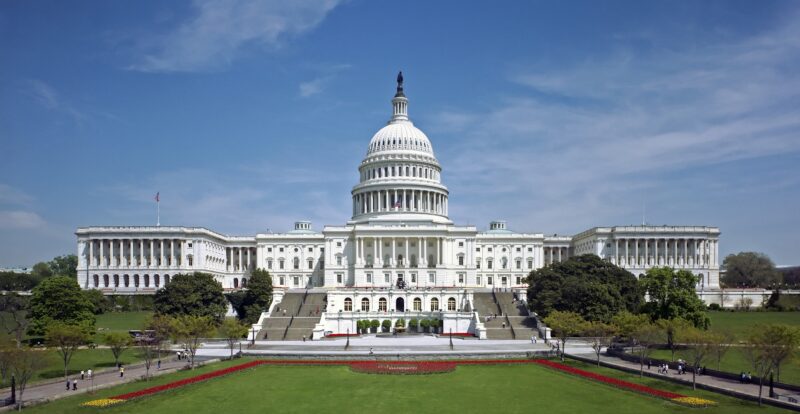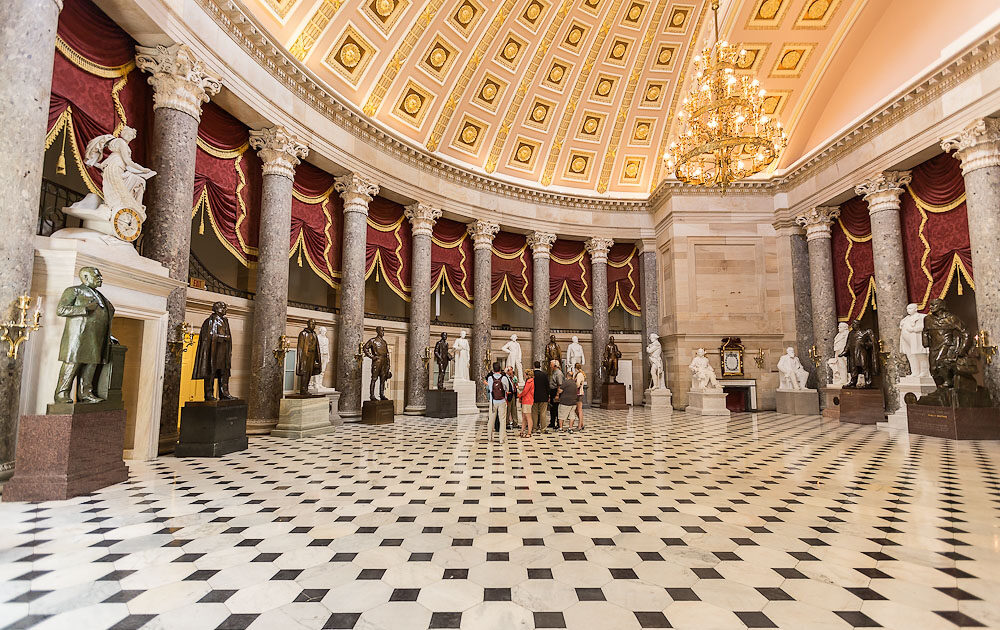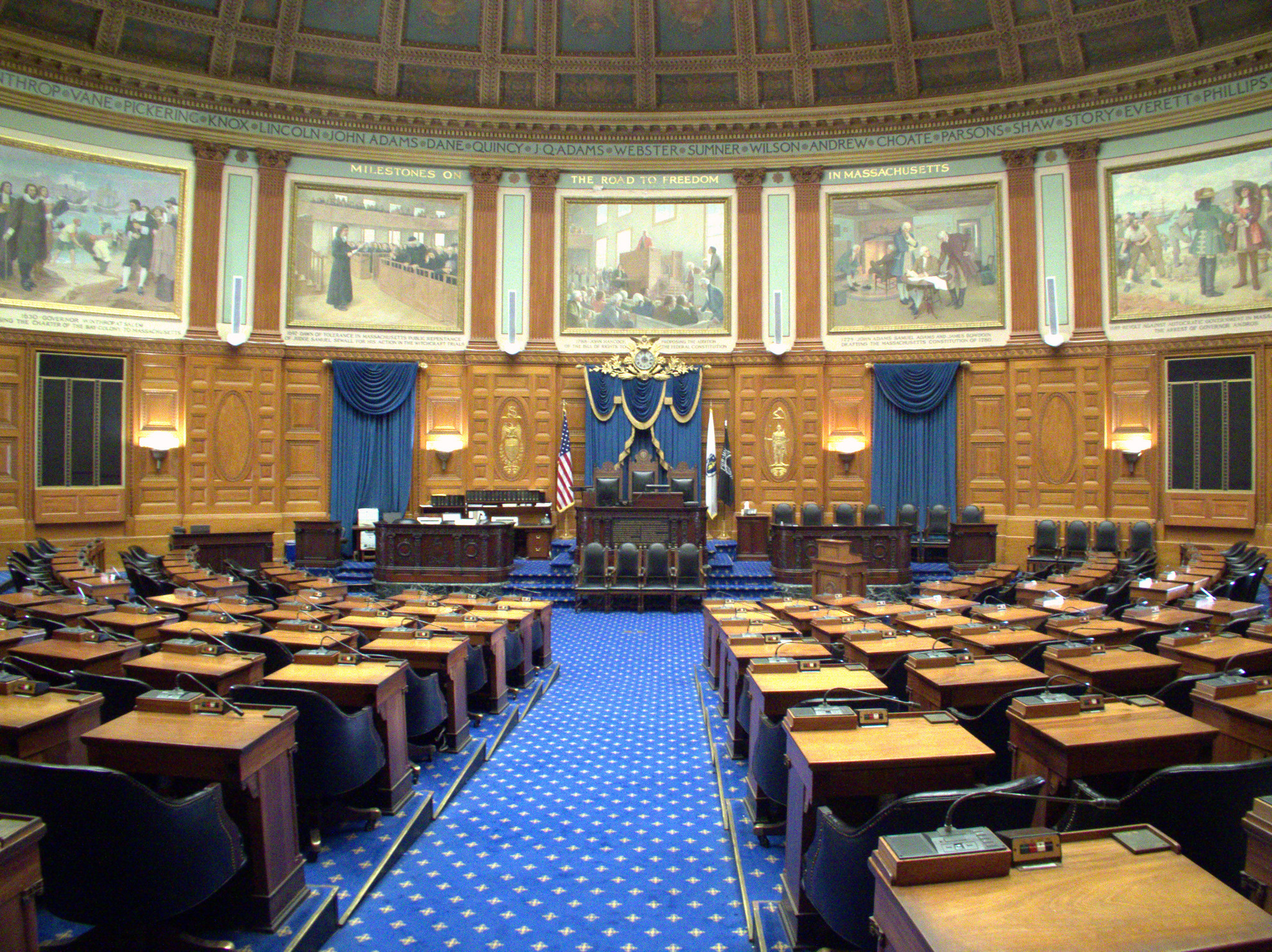
The history of the US Capitol began in 1793. The building was burned down, restored, expanded. Today, the Capitol is a monument to the ingenuity, determination, and hard work of the American people.
As the seat of legislative power, the Capitol Building is the centerpiece of the Capitol campus. It includes six major Congressional office buildings, the Library of Congress, and the Capitol Museum of American Art and History, which acts as the focal point for the legislature and is located in the center of Capitol Hill and the National Mall.
Five-Level Access
The Capitol building is divided into five levels. The ground floor is reserved primarily for committee rooms and congressional staff. For visitors, on this level, the Hall of Columns, Brumidi corridors, the Old Chamber of the Supreme Court and the crypt under the Rotunda, where historical artifacts are stored, are available.
A few words should be said about the corridors. They are named after Constantino Brumidi (1805 — 1880), who designed the amazing frescoes. Brumidi is an Italian painter of Greek origin. He worked for three years in the Vatican under Pope Gregory XVI, he was invited by famous aristocrats to decorate their palaces and villas. In 1852 the artist emigrated to the USA. In 1855 he frescoed the Capitol. For a quarter of a century he was engaged in painting, creating. frieze of American history, the Apotheosis of Washington in the Rotunda and many other works.
On the second floor are the Houses of Representatives of the Congress and the Senate, as well as the offices of the leaders of the Congress. There are three main public areas on this floor. At the center under the dome is the Rotunda, a circular space that serves as a gallery of paintings and sculptures depicting significant people and events from the history of the country.
The third floor allows access to balconies from which visitors to the Capitol can observe the course of meetings in the House of Representatives and the Senate.
The fourth floor and basement level of the American Capitol are occupied by offices, equipment rooms, and other additional spaces.
Pillar Hall
The hall got its name thanks to 28 columns that stand along the corridor line. Since 1976, the hall has housed part of the National Sculpture Hall Collection. These bronze and marble busts were presented to the Capitol by individual states in memory of famous citizens.
The Rotunda of the Capitol
A large, domed, round hall is located in the center of the Capitol on the second floor and is used for important ceremonial events. For example, such as the farewell ceremony for prominent citizens of the country.
Conference room
The Assembly Room is the large hall of the House of Representatives, in the center of the south wing of the Capitol. Members of the House of Representatives are seated in chairs arranged in a semicircle on tiered platforms that face the Speaker's podium.
Capitol Crypt
The large circular area on the first floor of the Capitol building is called the Crypt. Forty brown stone Doric columns topped with sandstone cross arches support the floor of the Rotunda.
This central section of the building was completed in 1827 under the direction of Charles Balfinch (1763 — 1844), who was the third architect of the Capitol. The star in the center of the floor marks the point from which the streets in Washington diverge and are numbered.
In addition to the Crypt, the Rotunda, the Assembly Hall and the Hall of Columns, the Old Senate Chamber and the Senate Chamber are open to the public in the Capitol
Symbol of the US government
At the US Capitol, members of the House of Representatives and the Senate come together to discuss national policy. The Capitol serves as a home, work office, and tourist attraction topped by a magnificent white dome that has become a widely recognized symbol of the people of America and their nation.